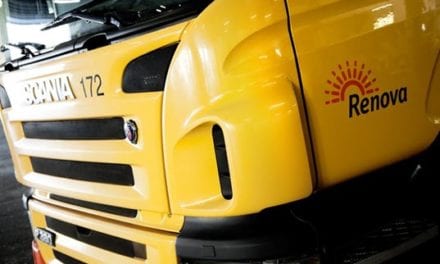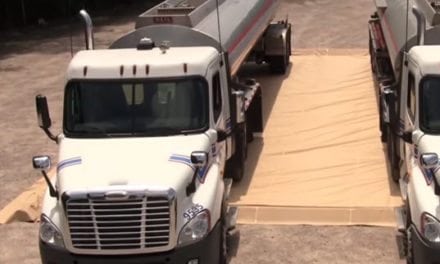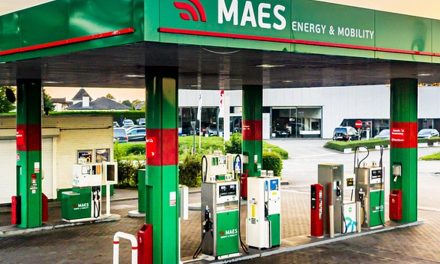The last year has been transformational for retail businesses investing in electric vehicles (EVs) with well over a third (38%) developing a clear strategy for long-term growth. Similarly, over a quarter (27%) of fuel retail, quick service restaurants (QSRs), convenience retailers, supermarkets, and grocery stores claimed to already have a strategy in place and a further two thirds (66%) stated that EVs and EV charging are a top priority for the year ahead.
These findings come direct from Kalibrate’s latest report: ‘The Electric Evolution: Emerging opportunities and EV driver needs’.
Perhaps it’s no surprise then that over half (57%) of businesses are seeing increased sales or revenue as a result of their EV strategies; in the last 12 months, Tesco and Costa have invested in their infrastructure to diversify their services and meet EV drivers’ needs in an attempt to bolster profits.
However, despite the appetite to invest and a stronger will to crack the EV challenge, knowing where, when, and how to place electric chargers remains a challenge. Over half of business decision-makers (54%) admitted to having a gap in knowledge on where consumers charge their EVs.
Anila Siraj, Managing Director, Alternative Fuels at Kalibrate, said: “The hype behind EVs has been apparent ever since the first Tesla electrified the market. Yet we’re reaching a turning point where investment and excitement must be met with patience and realism. The lack of infrastructure, additional government incentives, and consumer readiness to purchase EVs over traditional petrol and diesel vehicles suggests we are maybe 5–10 years away from widespread adoption.
“It is also becoming clearer that a data-driven approach will be crucial. Businesses need to find a process to generate insight that uncovers how driving habits are evolving and analyze what drivers expect from charging locations. Not only will it help future planning, but it’ll enable businesses to be ready for the EV evolution and feel confident in their ability to introduce charging locations exactly where drivers need them.”
Part of the challenge for businesses has been understanding how consumers’ habits have advanced since Covid-19; from varied commuting times on public transport to the role of smaller, local forecourts and convenience shopping changing. For EV drivers, talking to friends and family (66%), browsing social media (62%) and shopping for essentials (49%) topped the list of what to do while charging.
Range anxiety continues to be a prominent issue as well – three-in-five (60%) EV drivers get nervous about running out of charge and 46% of non-EV drivers are yet to purchase an EV because they don’t know where or how they’d charge it; the latter isn’t aided by the fact that over half (53%) of EV drivers frequently encounter chargers that don’t work.
Finally, the cost of charging remains a hot topic for potential EV buyers with two-thirds (62%) of owners thinking shops and businesses should offer EV charging for free. When you consider that less than a third (31%) of businesses have complete control over the price of charging and nearly two-thirds (61%) have to negotiate with an external provider, there is a significant gap between what businesses must do and what potential EV drivers understand.
Oliver Shaw, CEO at Kalibrate, concluded: “How we commute, interact, and spend our daily lives has evolved in the past two years. That’s an opportunity for savvier businesses to consciously invest in EV charging, but a challenge for those who fail to understand consumers. And it’s only half the battle – it’s about having the right services in place to reassure consumers that they can take long EV journeys, as well as regularly charging and doing a weekly shop.
“The government also has a role to play in supporting businesses so they can identify where demand is coming from, where infrastructure is lacking, and how EV drivers will act in the future. EVs will eventually become mainstream so the onus will turn to businesses to be ready for this next step in the evolution of driving.”








